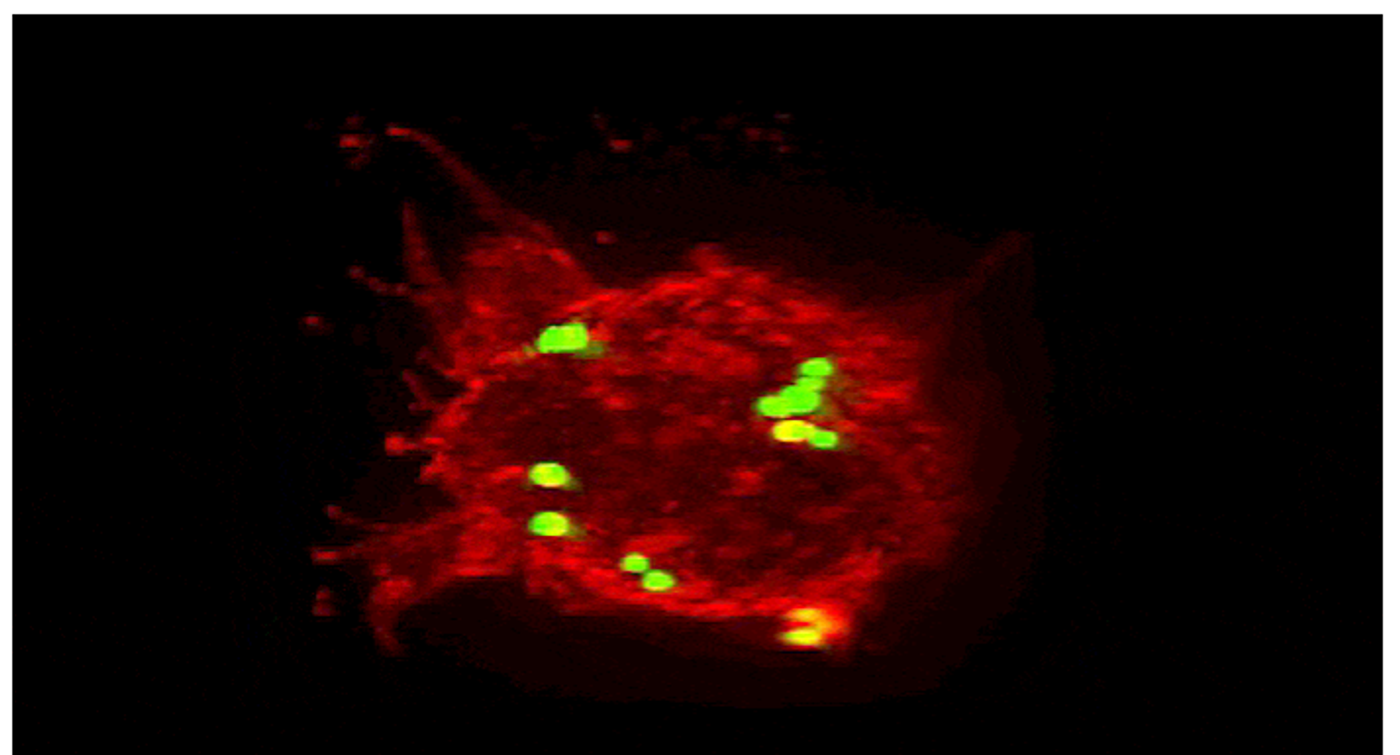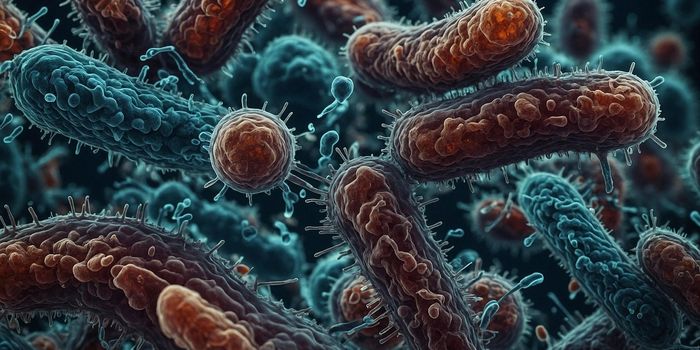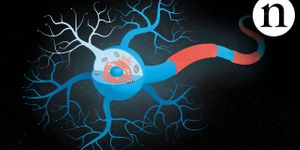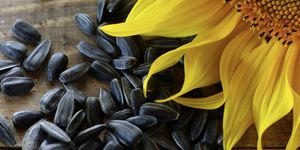Bacteria-infecting Viruses Inspire Creation of Hybrid Antibodies
It seems humans share a common enemy with some viruses: bacteria. Viruses invade bacterial cells with generally the same agenda that bacteria have when invading the human body - wipe out host cells and multiply. Borrowing a page from the playbook of bacteria-infecting viruses, called bacteriophages, could help researchers enhance the human immune system to better attack the toughest bacterial species.
Bacteriophages have unique molecules that recognize and target specific carbohydrate molecules on the cell surface of bacteria, but the human immune system is ignorant of these molecules. “We have co-opted these molecules, and we've put them to work helping the human immune system fight off microbial pathogens," explained lab head Vincent A. Fischetti.
These viruses then use lysins, dubbed “molecular snippers” by Fischetti and his team, to poke holes in the cell surface of the bacterium after latching on to cell surface carbohydrate molecules. Antibodies produced by the human immune system are similar in structure and practice a similar method, but alas they are unable to identify bacterial carbohydrate molecules.
"Both antibodies and lysins have two discrete components,” explained research associate Assaf Raz. “They both have a part that binds their respective target, but whereas the second component of lysins cuts the bacterial cell wall, in antibodies it coordinates an immune response.”
In their study, researchers replaced the parts of human antibodies where their anti-bacterial approach fell short with the advantages of lysins, a switch made possible thanks to the two components sharing similar structure.
"This made it possible for us to mix and match, combining the viral piece responsible for latching onto a carbohydrate with the part of the antibody that tells immune cells how to respond,” Raz said.
The new “best of both worlds” antibody they created was labeled a lysibody, and the researchers ventured next to test lysibodies in a mice model of methicillin-resistant Staphylococcus aureus, commonly known as MRSA, a bacterial species infamous for being resistant to the harshest antibiotic treatments, earning the name of “superbug.”
The mice studies were successful; the experimental lysibodies identified and targeted carbohydrates on the cell surface of MRSA bacteria as well as other strains of S. aureus and even other types of bacteria.
“Based on our results, it may be possible to use not just lysins, but any molecule with a high affinity toward a target on any pathogen -- be it virus, parasite, or fungus -- to create hybrid antibodies," Fischetti claimed. "This approach could make it possible to develop a new class of immune boosting therapies for infectious diseases."
The present study was published in the journal Proceedings for the National Academy of Sciences.
Source: The Rockefeller University









